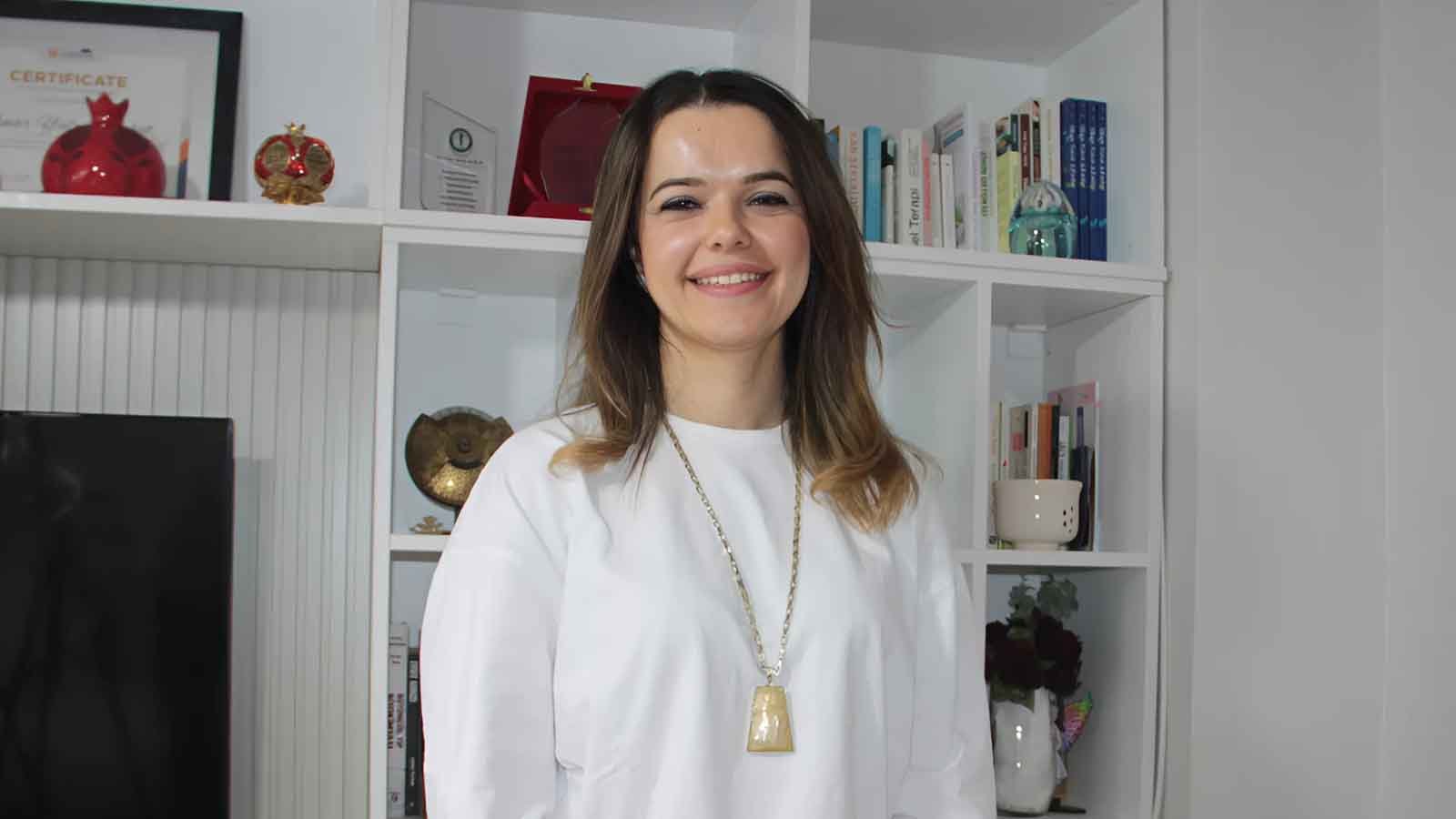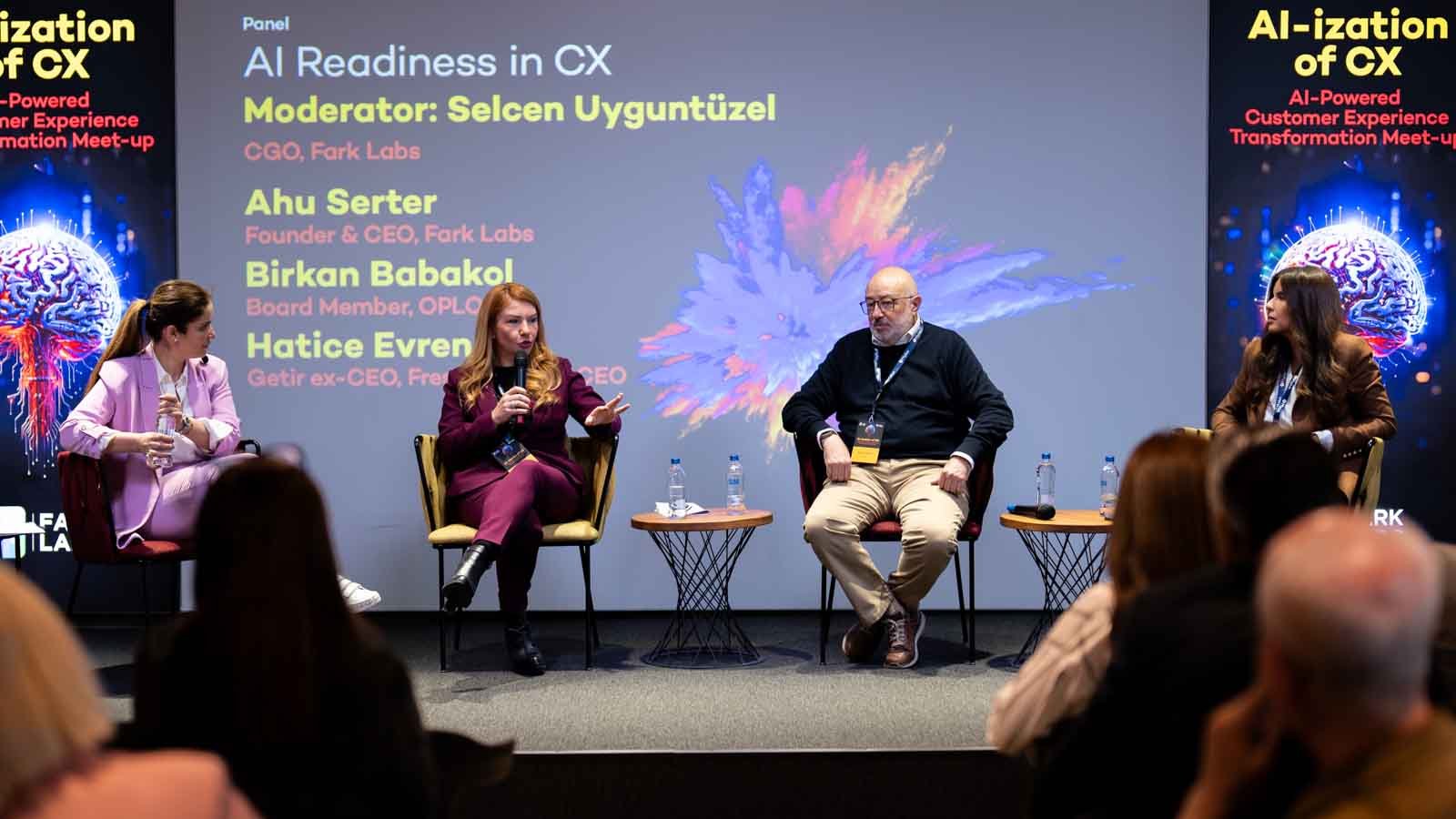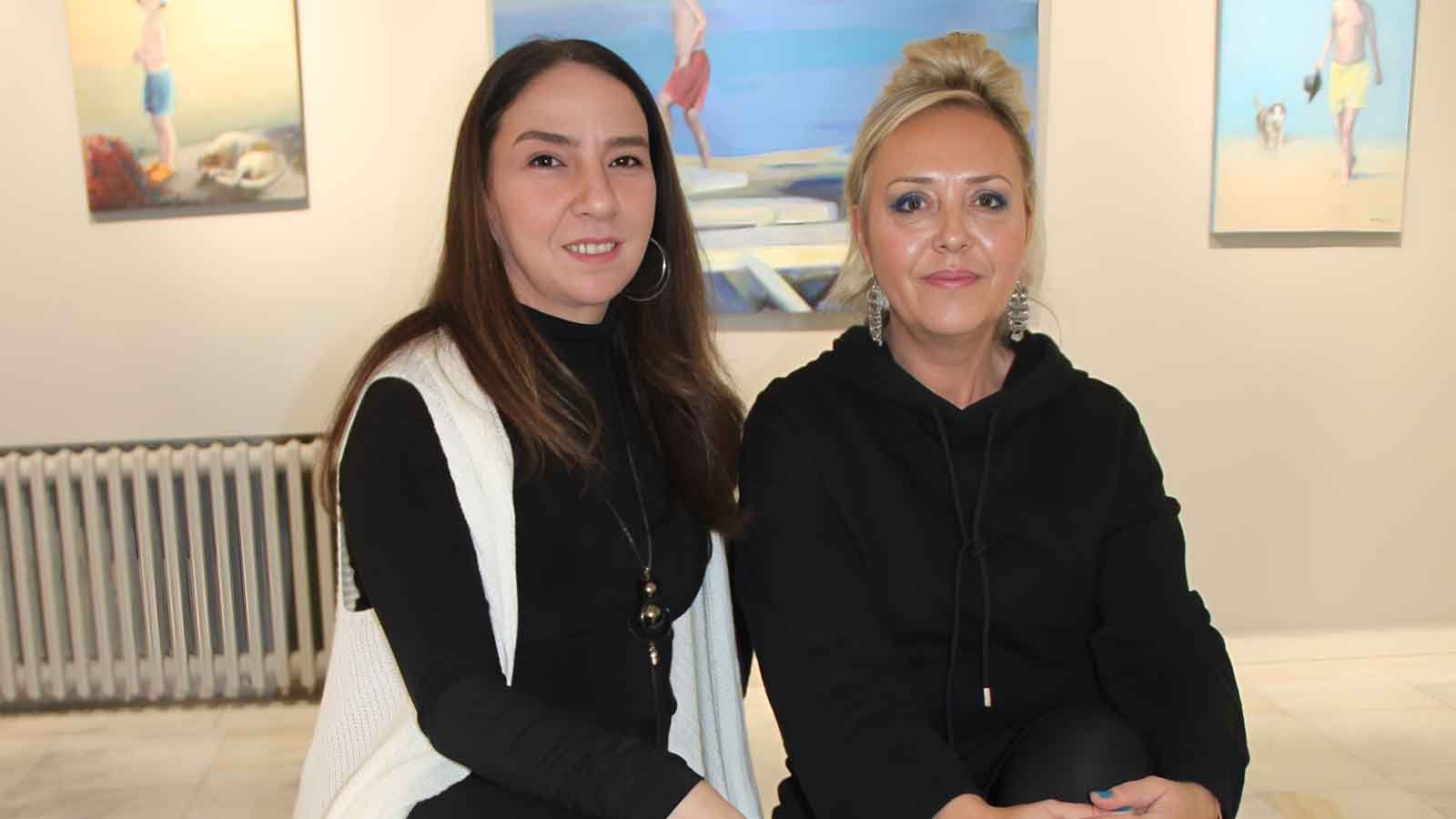Our “Conversations in Pursuit of Happiness” series continues with Assoc. Prof. Dr. Pınar Yalçın Bahat, a specialist in Obstetrics, Gynecology, and Complementary Medicine, in honor of International Women’s Day on March 8.
Interview by: Özge Zeki
She is a physician who particularly emphasizes the importance of a holistic approach to women’s health. In this regard, she has been working for many years both in her own field and in public health. When it comes to women’s health, we have many questions to ask her because our happiness is naturally closely linked to our health.
First of all, I would like to welcome her and start by asking: Is happiness found in health?

First of all, thank you very much for your kind invitation. Happiness is health—not on its own, of course, but it is one of its most significant benefits. Health and happiness are deeply interconnected concepts; one cannot exist without the other. For this reason, we, as women, have many things to do from early childhood to the final stages of our lives.
Yes, if you’d like, we can follow that flow—starting from adolescence, our check-ups begin and are shaped by our experiences…
Of course, with pleasure. I am an obstetrician and gynecologist, but for some reason, we tend to postpone visiting a gynecologist. It is often seen as something to do only after marriage or just before getting married, and we never take our young girls for a check-up. As a result, certain problems can arise. In fact, a young girl should see a gynecologist as soon as she gets her first period—but sometimes, we shouldn’t even wait for that. This is a crucial point. For example, if an 11-year-old girl still hasn’t had her period, we must take her to a doctor to check if there is an issue. There could be a hormonal imbalance. Today, there are many external factors that negatively impact our health, and they affect young people as well.
Another important issue is menstrual pain. I always say as a motto: Menstrual pain is not normal; a woman should find out she is on her period when she goes to the restroom, not through pain! Of course, minor changes can be expected, but if you end up in the hospital every month due to severe pain, there is an abnormality that needs to be addressed. None of these symptoms should be ignored.

So, what steps should be taken when a patient comes in with such complaints?
In cases like this, we must identify the root cause because the pain might be due to another underlying issue. When a young girl comes in with menstrual pain, I always perform a thorough examination, but once we take her medical history, a lot of factors come to light. One of the biggest causes is dehydration—many of us simply do not drink enough water. This is crucial. Think about what happens when you’re dehydrated: you might feel small cramps in your arms or legs. The same thing happens in the uterus—it contracts, leading to much stronger menstrual pain.
Diet is another important factor. One of the biggest culprits is coffee, which is increasingly consumed in our country. Coffee is a strong stimulant, but excessive consumption can actually intensify pain. That’s why I emphasize being cautious about it. Paying attention to nutrition is essential. Making small dietary adjustments before menstruation—such as reducing animal products and eliminating dairy—can reduce menstrual pain by up to 50%.
However, sometimes the underlying issue turns out to be endometriosis, also known as chocolate cyst disease. This condition is extremely important because early diagnosis is critical. If we detect the disease when it has already reached the cyst stage, the patient is at Stage 3, meaning they are just one step away from the final stage, making treatment much more challenging. But if a patient consults us at the very first sign of menstrual pain and we suspect this condition early, we can begin treatment right away. In such cases, complete recovery can be achieved in as little as one to two months.

You have done extensive work on this topic. The prevalence of this disease is quite striking, isn’t it?
Yes, indeed. Globally, it is estimated that one in every ten women has endometriosis. Based on this ratio, we believe that approximately 2.5 million women in our country are affected by this condition. However, similar to the rest of the world, it often takes up to eight years to receive a proper diagnosis. This is because, as I mentioned earlier, menstrual pain is widely normalized. Early diagnosis is extremely difficult, and most importantly, there is no definitive cure. That’s why catching the condition early is crucial—we focus on modifying nutrition, recommending specific supplements, initiating hormone therapies, and incorporating complementary treatments such as neural therapy, acupuncture, and ozone therapy.
In one of your interviews, you mentioned that a patient who came in with endometriosis complaints was later diagnosed with thyroid issues. Could there be other underlying causes as well?
Yes, as we discussed earlier, there is always a root cause. One of the primary factors is known to be inflammation and estrogen dominance. These not only affect the uterus and ovaries but also lead to other symptoms. For instance, many patients experience brain fog—they wake up in the morning feeling mentally unclear and struggle to focus. The thyroid can also be affected, leading to slow function or the development of nodules. Simple cysts may appear in both breasts, and bowel issues such as constipation or irritable bowel syndrome (IBS) are common. Nowadays, diagnoses like SIBO (Small Intestinal Bacterial Overgrowth) are becoming increasingly prevalent. Symptoms such as restless legs syndrome can also arise.
When we encounter such complaints, we recognize that they all stem from the same root cause. By addressing one issue, we are actually initiating treatment for all of them simultaneously.

Yes, actually, Ms. Pınar, when we visit a specialist, we try to see the expert in that specific field, but in reality, all these issues are interconnected. As you mentioned, in the past, specialists could come together to evaluate a patient, but now that is not always possible. When it comes to women’s health, hormones play a significant role. Could you elaborate on this? How should we monitor our hormones?
Yes, consultation times are very short, making it difficult to listen to the patient properly in such a limited period. As a result, patients often leave without fully addressing their concerns, and many times, issues remain unresolved.
As women, first and foremost, we should monitor whether we experience irregular menstruation. However, irregular menstruation doesn’t mean you have to have a 28- or 30-day cycle every time. A woman can have a cycle between 25 and even 35–40 days. Sometimes, delayed ovulation or early ovulation can happen, which might be part of your routine. However, if your cycle extends beyond a week outside your usual pattern, if your bleeding lasts too long, or if you experience prolonged spotting, it’s time to visit a gynecologist.
Perhaps the most crucial point is the importance of an annual check-up—even when there are no problems. We tend to overlook preventive healthcare. The message should not be “I should only go when I have an issue.” Yes, an annual check-up is essential, but if you experience spotting, pain, or abnormal bleeding, you should seek medical attention immediately.
Even if none of these symptoms occur, if you visit an internal medicine doctor and are diagnosed with a thyroid problem, this can also indicate a hormonal issue. The thyroid, along with the pituitary gland, works in harmony at the top of the hormonal system. If the thyroid is disrupted, menstrual cycles will also eventually become irregular because all these systems are interconnected.
Similarly, let’s talk about the adrenal glands, which we discussed earlier. If we are under stress, the stress hormone cortisol will be released at high levels. This is simply the body’s response. Our hormones follow a regular cycle every month, aiming for reproduction. However, if we are under stress, our body enters a “fight-or-flight” mode, essentially shutting down the reproductive function by saying, “I won’t reproduce now.” That’s why managing stress is crucial. If we go through a highly stressful period, we will naturally observe fluctuations in our cycle.
Although we are primarily discussing women, similar fluctuations occur in men as well, particularly in testosterone levels. Likewise, estrogen dominance can also be seen in men. However, when we talk about estrogen dominance, we are not referring to the beneficial estrogen naturally produced by the body. Many people immediately think of external sources like birth control pills or hormone replacement therapy during menopause. While those do have an impact, the harmful estrogens—called xenoestrogens—come from external sources such as certain makeup products, food, beverages, and toxic ingredients in shampoos. These chemicals interfere with our natural estrogen, preventing it from functioning properly.
This is why eliminating these harmful substances is essential. For example, one of the biggest concerns for women undergoing hormone therapy is the risk of cancer. However, it is actually xenoestrogens that contribute to cancer formation. By removing these harmful substances from the body, we can significantly reduce our overall health risks.
You can watch the full interview on YouTube.



































